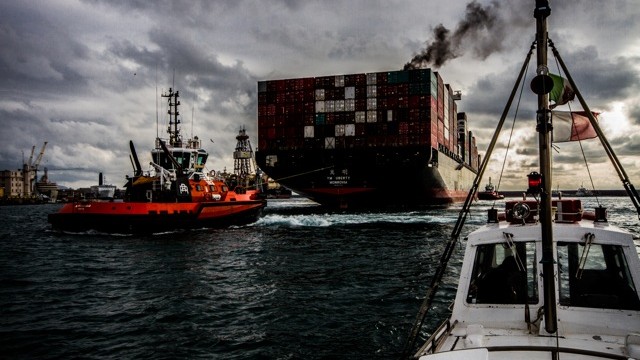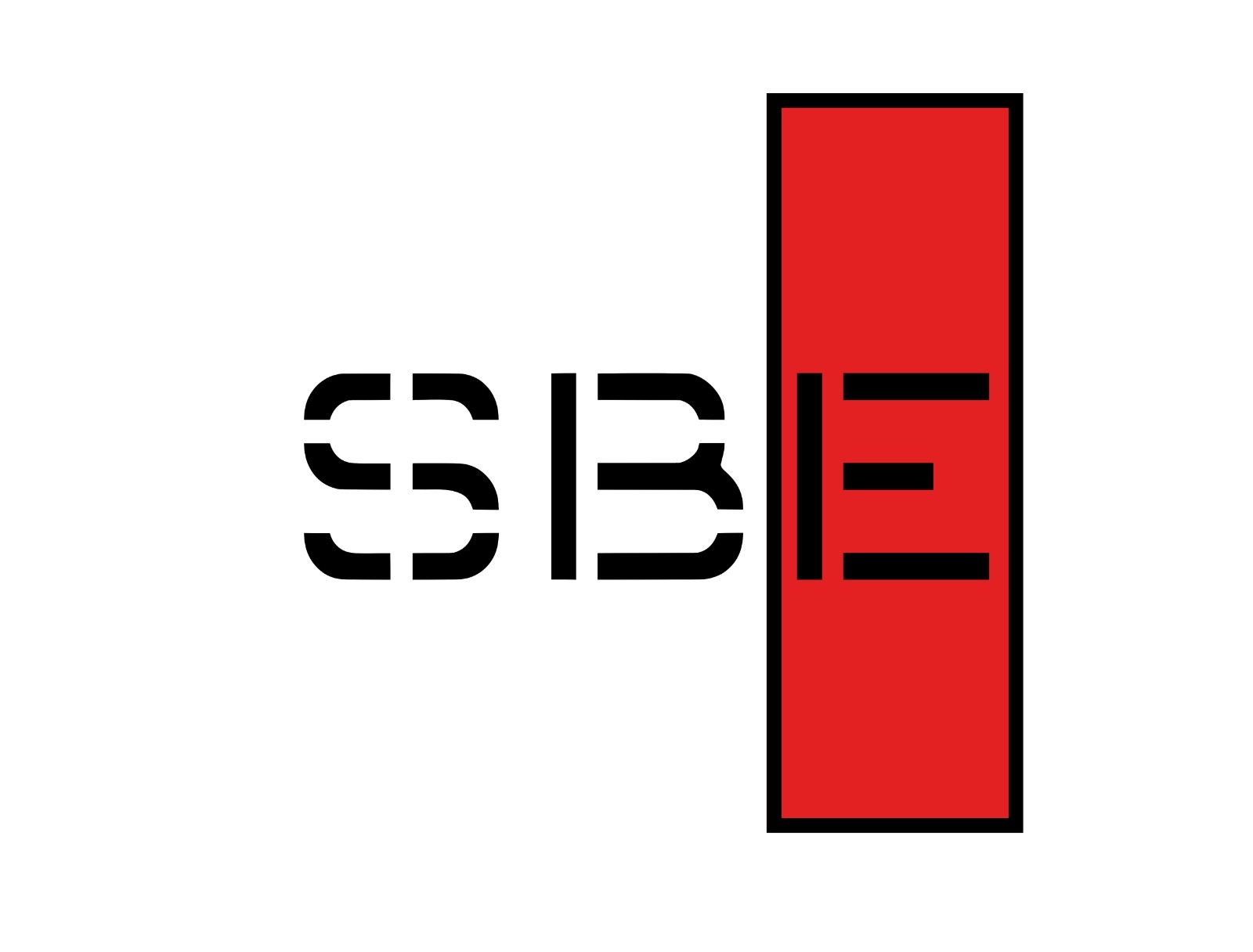Extract from the Learning Module “HARBOUR TUGS”
Direct or Indirect Towing method.
Knowing the characteristics of the tugs you use in Port manoeuvres allows us to take full advantage of their capabilities by operating safely.
Below we propose an excerpt from the chapter on “Direct or Indirect Towing”.
… OMISSIS …
The choice of one method mainly depends on the ship’s speed and the effect we want to achieve.
Within 6 knots, the Tug works directly using the propeller to develop its Bollard Pull, pulling in line and moving with the towline, always in tension on its longitudinal axis.
The maximum pulling force is obtained with the thrusters at full power and in line with the longitudinal axis in “Reverse Arrest”.
Between 6 and 8 knots, the Tug is in a transition phase, and the best control over the ship mainly depends on the type of engine. For example, for an azimuth tug, the most effective way to stop the vessel is the “Transverse Arrest”, in which the thrusters pods are oriented 90° outwards at full power.
Beyond 8 knots, the hull’s hydrodynamic forces become predominant. The tugboat must use the Indirect Method to avoid overloading, using its skeg to generate additional load to brake or steer the stern. The brake action is achieved by making the tug line work at a variable angle of up to 45 degrees concerning the direction of the ship’s motion, with the Tug and its skeg at a certain oblique angle concerning the water flow. The oblique angle determines the resistance that the skeg opposes to the motion.
The Tug can exploit this frictional resistance by orienting the thrusters to maintain the desired oblique angle by simply braking the ship with only the force developed by the more significant section offered by the skeg.
The maximum brake force is obtained by positioning the skeg at 70 degrees concerning the water flow, while the full pull force leads at 50 degrees (Pure Indirect).
The Tug can also use the entire skeg surface, using the dynamic brake method or “Combination Indirect mode”, positioning itself outside the ship’s wake, with the skeg at 90 degrees and a towline pull angle up to 45 degrees. This manoeuvre develops good power and is particularly useful in countering an involuntary and out-of-control ship’s yawing while helping slow her speed down.
As the speed decreases, the Tug’s captain will change the method best suited to the situation: direct, more efficient at low speeds or indirect, faster and suitable for confined spaces.
The ideal length of the aft tug’s line keeps it away from the wake of the ship’s propeller. If too close to the ship’s stern, the Tug tends to yaw from side to side by applying load on the towline, which affects the ship’s steering. Experience shows that line of 90 – 100 meters in length is enough to eliminate this problem. A long line also quickly allows tugs to switch from direct to indirect methods.
… OMISSIS …
If you want to deepen your knowledge on the use of harbour tugs, take a look at the online course we offer. We are sure you will find it interesting.




